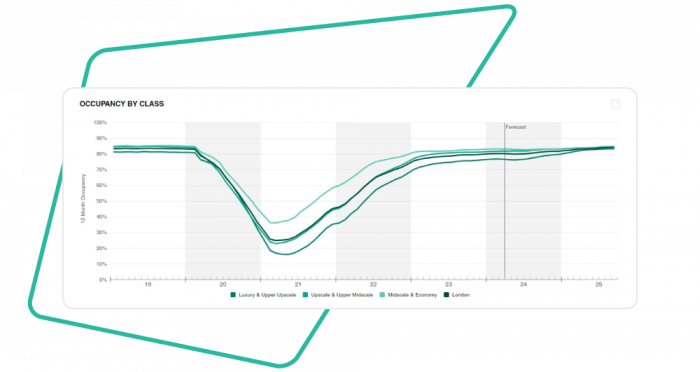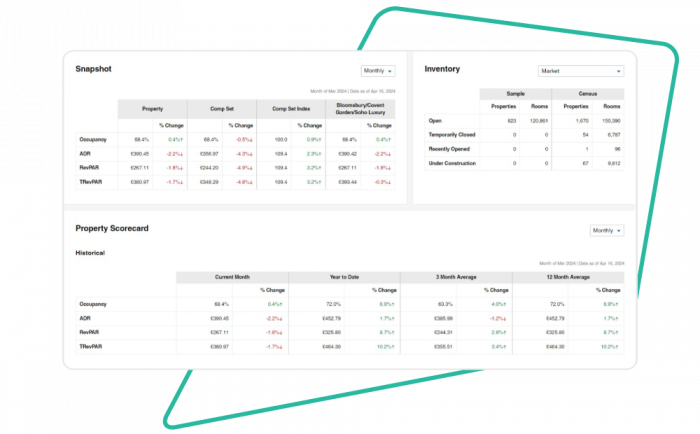Occupancy rate is one of the global hotel industry’s foundational performance metrics, showing the percentage of rooms occupied in a property, segment or geographic area for any given time. The objective of successful revenue management is to achieve the optimal occupancy level for driving growth in revenue per available room (RevPAR) and profitability.
Factors that influence occupancy rate
There are a wide range of factors that can impact occupancy levels in a property, market, submarket, etc. For example, the presence of events can lead to surges in demand, which in turn increase occupancy levels. Major concert tours in Dublin during the summer of 2022 provided a nice case study on the influences of major events on occupancy rate. On the negative side, substantial supply growth in an area can bring occupancy levels down even while market demand continues to grow.
Another factor to be considered at the property-level is the size and type of a hotel. Generally, it is more difficult to fill a large hotel every day than a smaller one. Thus, occupancy rates tend to be higher in smaller properties, due to the significant difference in rooms that need to be sold. The same principle applies to luxury properties that typically have higher rates and target a narrower market; therefore, this can result in lower occupancy rates compared to other types of properties.
In this educational piece, STR will break down this metric to highlight how it can be used, important considerations when reviewing your rates, how occupancy differs from other metrics, and ways to improve the performance of this KPI.

